Feijoada pronouncing the ‘j’ like you would in ‘Jack’ and not the Spanish way of an ‘s’ sound, if you type into the search engine you’ll have lots of pages on examples of Brazilian feijoda with black beans, fresh and salted pork, fresh and dried beef, cured sausages, blood sausages, quite an extensive list of ingredients. Northern Porgugal’s feijoada uses white beans but most beans are fine like the pinto ones below. Our feijoada is a simplified version of the Brazilian one, and we only use pork. Sometimes using parts that normally get left behind like the head, ears, trotters, tongue but you won’t be committing any authenticity blasphemy if you choose more common piggy parts, there’s normally two rules that apply, at least one of the pieces of pork has to be cured, smoked or unsmoked and use fatty pork of some kind, so bacon is ideal. You can also add cured sausages and or blood sausages. And it is always served with rice.
I made my very simple version, using very little meat for the quantity of beans since I wanted leftover beans, because cooking beans using this method gives them a great flavour. These beans can then make an ideal accompaniment to other meals or you can dress them in a vinaigrette and have bean salad, refried beans, whichever way you love beans. The meat I had was 500g / 1 lb of bacon in one piece from the butcher, slightly smoked and pork ribs about 6 ribs. You don’t have to use both, just adding one will still give you good flavour.
Salting the Beans Whilst Cooking
There is an old wife’s tale don’t know how it came about of salting your beans, any pulses during cooking will harden the skins therefore you should season them afterwards. This is SO not the right thing to do. Beans will absorb their cooking liquor and if the liquid is seasoned this means the beans will be seasoned and more flavoursome inside. When you season the beans or any pulses after cooking you’re just seasoning the outside skin and when biting into the bean it will be bland since the mass part of it will be unseasoned. You can just about get away with it with lentils because they’re much smaller but the plumped up bean will have a large starchy inside and all starchy things need salt to bring out their flavour. If you think about all the old fashioned recipes with beans many will be cooked with a salty piece of meat usually pork which will be providing the seasoning for the beans. I came across this site a while back whilst researching for salting beans and it gives you lots of different information too about cooking methods of beans. Beans will take longer to cook if they’re old ones.
Pre-soak them in salted water to keep skins intact
For the black-eye beans posting which will come next I experiment soaking the beans in salted water before cooking to see what difference it made to the finished cooked beans. In Heston Blumenthal’s The Perfect Chili Con Carne he suggested pre-soaking the beans in brine to stop the skins from breaking, and it does. So if you care about the skin of your beans staying intact in the finished dish and like me you’re forgetful or distracted by three time consuming monkeys then it would be a good idea to pre-soak them in slightly salted water, I used one teaspoon of salt with plenty of water for 500 g / 1 lb of beans. I did the exercise in order to try it out but I wouldn’t bother to do this unless I was serving the beans as a salad for gatherings. I quite like some of the beans to start to break a little if I’m having them warm. You can also help your beans keep their jackets intact by simmering them slowly and not overcooking them like I do ![]()
If you haven’t soaked your beans
The easiest way for beans I haven’t pre-soaked is to bring them up boil with plenty of water and make sure I boil them gently for a few minutes, I then drain that water and add fresh water and carry on with the cooking. Some people bring them up to boil turn off the heat and soak them for an hour and proceed with the recipe. And some don’t drain the water at all, use the same water for cooking.
Important flavour for your beans
Whether I’m doing vegetarian beans or like here with pork I always add flavours to the pot, an onion, couple of carrots, couple of bayleaves, maybe some celery, thyme, basically what you would add to flavour stock. If you’re making a vegetarian bean dish then I would urge you to add virgin olive oil, it adds good flavour to the bean, a few tablespoons.
I hadn’t pre-soaked these beans and I find it easy to bring the beans to the boil for a few minutes drain the water and then some fresh water bring it back to the boil and keep them on a gentle boil with the aromatics, meat and seasoning.
I gave the pork my Granny’s treatment and marinated it overnight in lots of dry white wine, garlic, bayleaves, white pepper.
Add your meat and vegetables and keep it at a gentle boil
Once cooked if you’re keeping some of the dish overnight in the fridge you can remove the fat that accumulates on the top and be wise like my Gran and use this bacony lard for frying potatoes, delicious.
My Simple Feijoada
This quantity will give you a lot of beans, it’s good for freezing afterward what you’re not using giving you a quick supper. Use these quantities as a guide but you can use however big or small pieces of pork you like, ribs are good idea because they become tender with the long cooking and the meat falls apart. If using a smoked piece of bacon it will add a subtle smokiness to the beans.
1 kg / 2 lbs beans
Bacon smoked or unsmoked in one piece from 400g-600g / 14 oz – 1 1/4 lb
Pork ribs 1 kg – 1 1/2 kg / 2 lbs – 3 1/4 lbs
1 onion
2 carrots
2 celery sticks – optinal
2 bayleaves
4 sprigs of thyme
1 teaspoon of salt
You can soak the beans overnight or if you forget just bring them to the boil and either leave them to soak for an hour or empty the water and refill the pan with fresh water and proceed. Make certain the water comes above the beans very well, add your pork and the rest of the ingredients. Bring everything to a gentle boil and cook until the beans are soft and the ribs are tender, depending on the freshness of your beans it will take over an hour maybe two.
I’ve only added 1 tsp of salt but depending on how salty your bacon is and how much water you have, taste it and see.
Make sure your beans are always covered with water throughout cooking and when it’s ready you can drain some water if you have too much but keep some back in case you want to use the it for other recipes like refried beans in the next post. And if you have some of the meat leftover it’s great in sauteed potatoes.




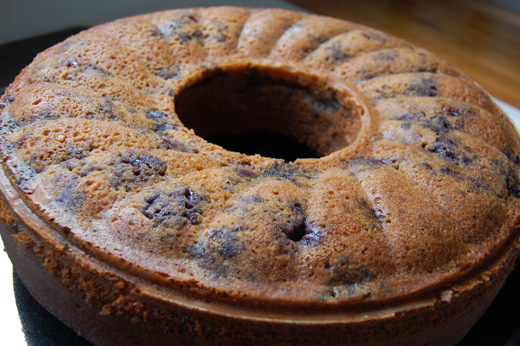


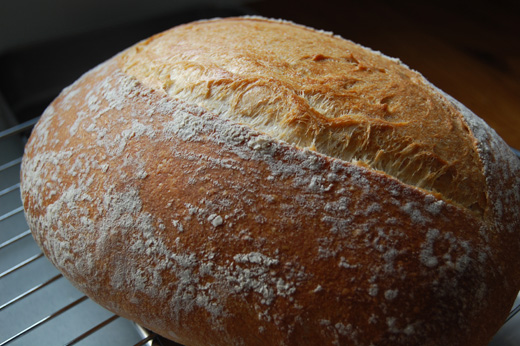




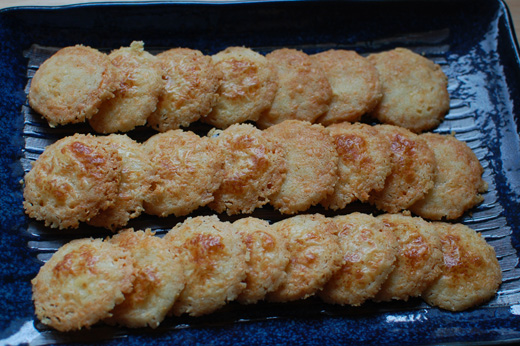
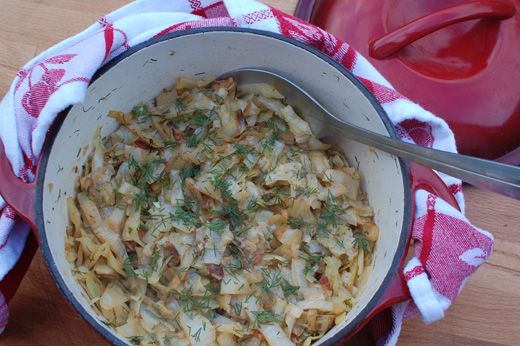

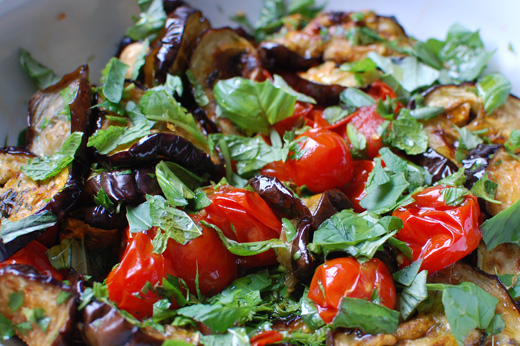
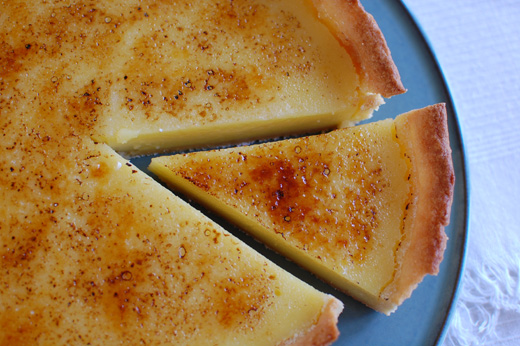
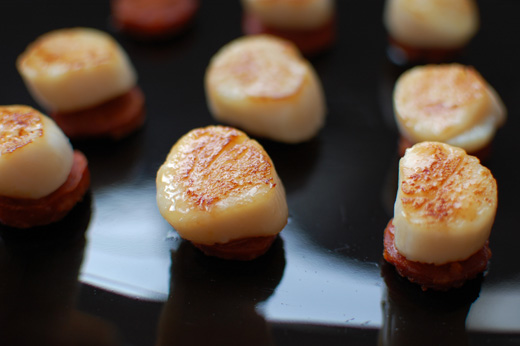






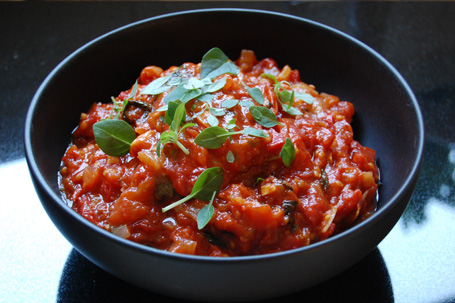
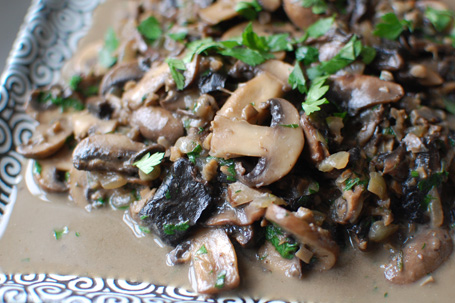

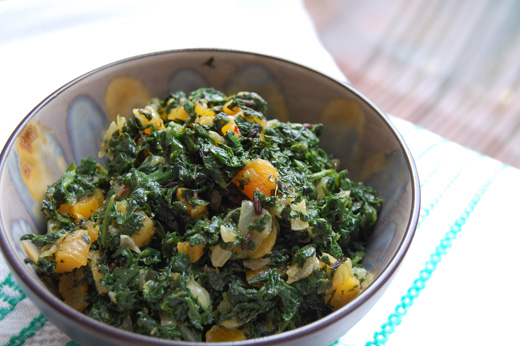
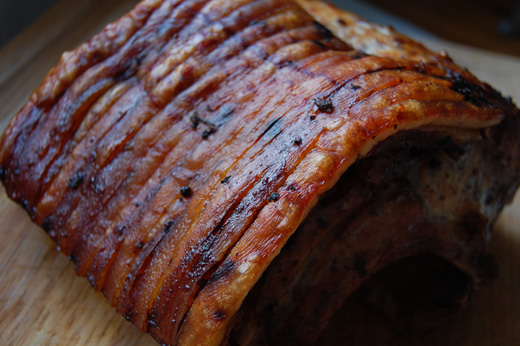







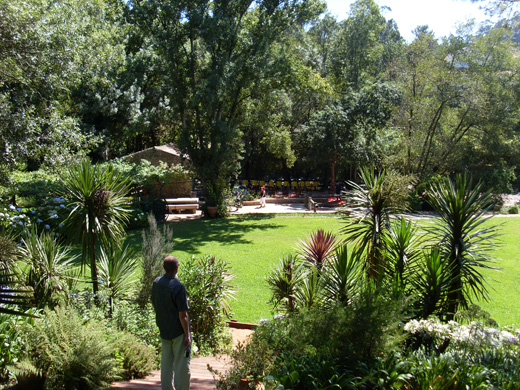
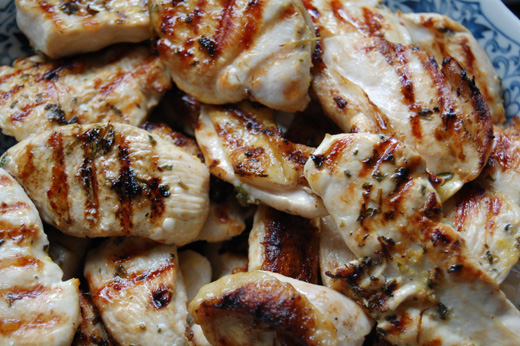

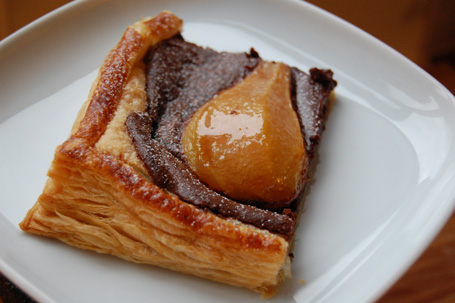
{ 1 comment… read it below or add one }
You are a hands on, done loads, cook.! Muinto bom!. It’s the detail that makes the difference…..I soak for up to two days to preserve the skins, especially with ‘feijoca’….the big kidney shaped ones…..they need to swell slowly, to keep the skin intact…..let osmosis do the job. Flavour in the soak juice is important……however am no sure of salt on the outside of the beans, in an osmotic process||…..you can leave salt to the mature stage of the process. I use ‘bellota’ bred pig meat, walking around and leaving the life of ‘Reilly’…..that means a king!….I am going off to do exactly that…..Thankyou from Geoff Swain.